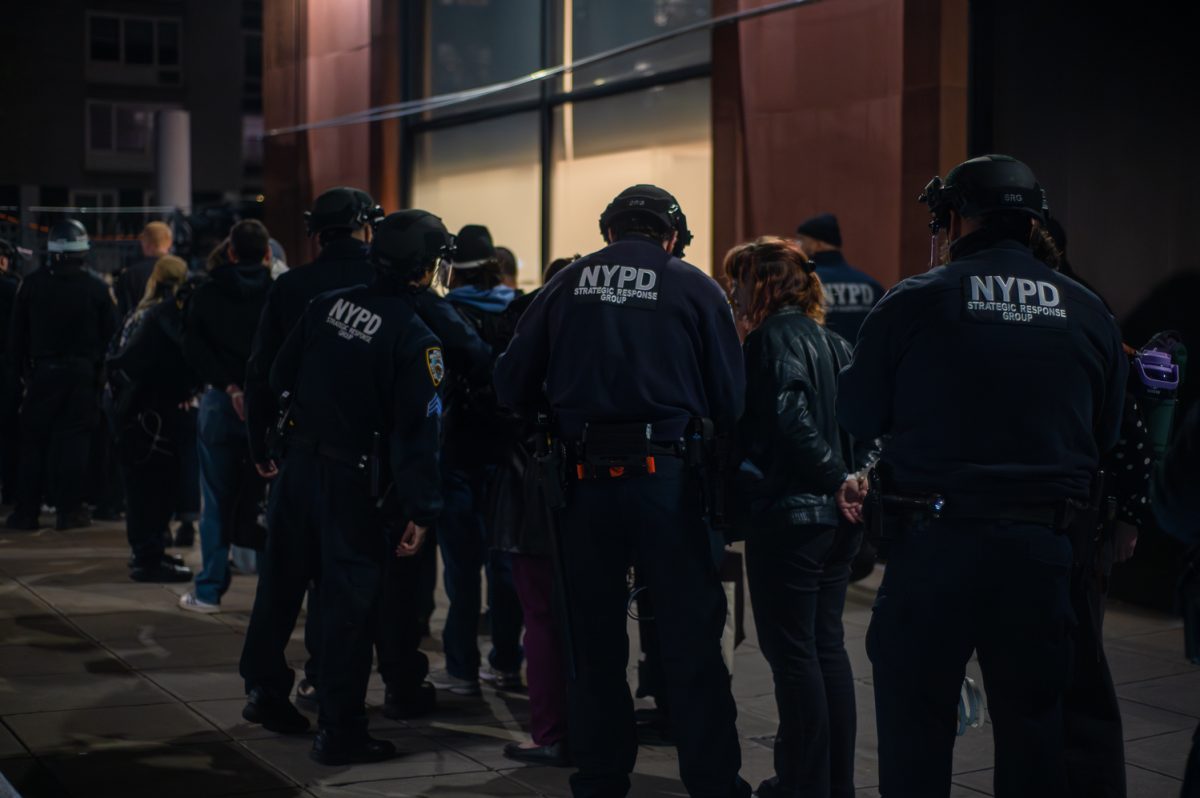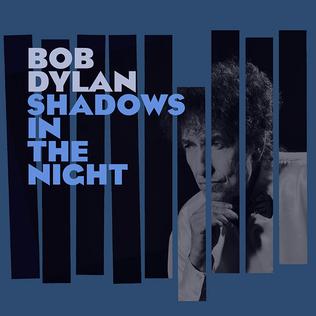Dylan’s ‘Shadows’ should have stayed in the dark
February 10, 2015
Bob Dylan’s genre-spanning career has left an indelible mark on popular music through iconic albums, such as “The Freewheelin’ Bob Dylan” and “Highway 61 Revisited.” Despite his legacy, Dylan’s recent work had markedly decreased in quality and influence. His output has remained at an impressive pace, marking 36 albums with the release of “Shadows in the Night.” Neil Young once said, “It’s better to burn out than to fade away,” advice which Dylan seemingly hasn’t followed.
The album comprises covers of old lounge songs dug up from the vaults of Frank Sinatra, preventing any more harm from being done to Dylan’s songwriting legacy after 2012’s forgettable “Tempest.” Dylan reinvents Sinatra’s classics, replacing croon with rasp and the pomp of Sinatra’s big bands with barebones strings and horns. These elements, combined with a heavy reliance on pedal steel guitar, create a dreamy, star-lit atmosphere.
In the short, the album is pretty boring. All of the songs sound relatively the same and feature sparse instrumentation, bringing the focus on the lyrics more than in their original recordings. In this respect, the album is admirable for showing these songs in a new light, but it can be a bit of a trial to actively listen to them without getting distracted by something more enthralling or — quite frankly — falling asleep.
Take the two songs “Full Moon and Empty Arms” and “Stay With Me.” Despite three songs separating the the two, they sound almost identical. Both begin with the soft sound of Donny Heron’s pedal steel guitar working its way down to an appropriate entrance for Dylan’s echo of croon and rasp, signaled by deep
backing strings.
The similarities continue as the outros take the shape of nearly identical pedal steel leads that fade out shortly after Dylan’s cathartic warbling about lost love. The similarity of many songs on “Shadows” stands in sharp contrast to Dylan in his heyday, when songs like “Masters of War” and “Talkin’ World War III Blues” from “Freewheelin’” exhibited similar instrumentation and themes, but decidedly different tones and structure. “Shadows” is boring, overdone and disappointingly lazy for a voice of a generation.
Ultimately, this album is forgettable and slightly depressing against the greater backdrop of Dylan’s canon. It largely succeeds in what it set out to do — reimagining long-forgotten classics — but begs the question of whether it would have been better to leave them buried with Sinatra. As a potential cap to Dylan’s career, “Shadows in the Night” is the sound of
fading away.
A version of this article appeared in the Tuesday, Feb. 10 print edition. Email Michael Waller at [email protected]














































































































































